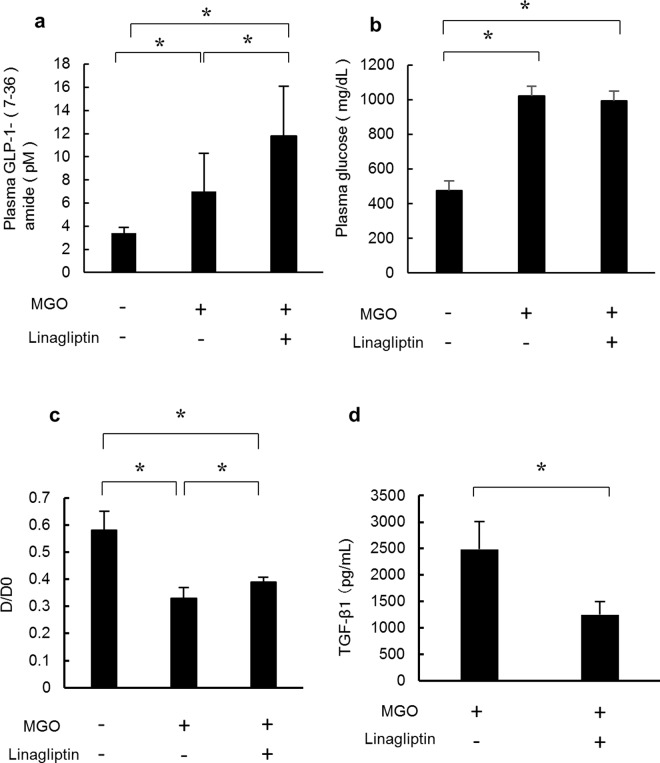Fig 5. Linagliptin increases plasma GLP-1 (7–36) amide, improves peritoneal function, and decreases TGF-β1 levels in peritoneal fluid.
(a) Plasma GLP-1 (7–36) amide levels were analyzed in control mice, MGO-injected mice treated with saline, and MGO-injected mice treated with linagliptin. The plasma GLP-1 (7–36) amide level was significantly higher in MGO-injected mice treated with linagliptin than in MGO-injected mice treated with saline or in control mice. (b) Plasma glucose levels were measured in control mice, MGO-injected mice treated with saline, and MGO-injected mice treated with linagliptin. The plasma glucose level was significantly higher in MGO-injected mice treated with or without linagliptin than in control mice. Plasma glucose levels did not differ in MGO-injected mice treated with linagliptin or saline. (c) Peritoneal absorption of glucose from the dialysate (D/D0) was assessed in the three treatment groups during a 15-minute instillation of dialysate (4.25% Dianeal) at 100 mL/kg body weight. D/D0 values were significantly lower in MGO-injected mice treated with saline than in control mice, but were significantly increased in MGO-injected mice treated with linagliptin. (d) TGF-β1 levels in peritoneal fluid were assessed by ELISA and found to be significantly lower in MGO-injected mice treated with linagliptin than in MGO-injected mice treated with saline. Statistical analyses were performed using ANOVA followed by Tukey’s post-hoc test (a–c) or the Student’s t-test (d). *P < 0.05.

